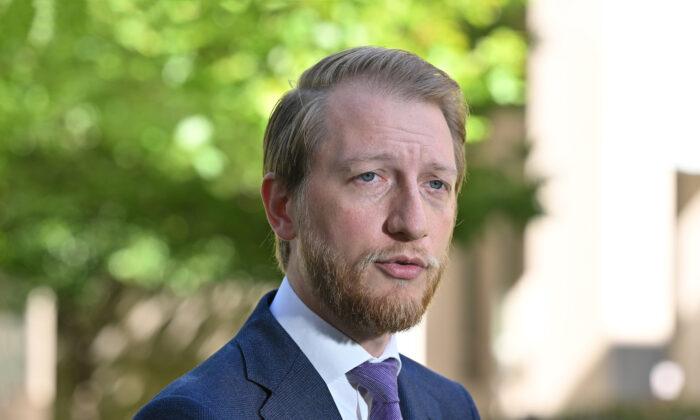Housing remains a core focus of the Australian federal election, and concerns have been raised that the weekend policy announcements by both major parties don’t hit the mark.
As of the 2021 Census, more than 122,000 Australians were homeless, with rental vacancy rates tightening dramatically in several regions as domestic and overseas migration push housing supply to the limit, in turn, forcing rents and property prices to new heights.
Opposition Leader Peter Dutton announced at his weekend campaign launch that the Coalition would allow first home buyers to deduct mortgage interest payments (up to $650,000 over the first five years) from their taxable income.
Dutton says this could save new home buyers about $10,000 a year.
Further, the policy comes on top of allowing first home buyers to $50,000 of their super to buy property.
Another core Coalition election promise is an infrastructure fund to help speed up building sewerage lines and roads in new developments.
Labor meanwhile has stood by its current housing strategy, while also announcing a $10 billion fund to build 100,000 homes, with the government acting as loan guarantor to slash deposit requirements to 5 percent.
“What we’re doing is dealing with supply as well as demand,” Prime Minister Anthony Albanese told ABC Radio.
“Our plan will ensure that more homes are built. And what we’ve seen under my government is 28,000 of those social housing through the housing Australia Future Fund are either under construction or under planning.”

More Ambition Needed: Advocacy Group
Yet housing advocacy group, Everybody’s Home, says both parties should have more “ambitious” policies.Spokesperson Maiy Azize said the Coalition’s plan to allow mortgage payments to be tax deductible would mainly help those on higher incomes and push house prices higher in the process.
On the other hand, Azize says Labor’s plan for 5 percent deposits for all first home buyers will also turbo charge demand, with no guarantee the party’s pledge of 100,000 new homes for first home buyers—if they arrive—will be affordable.
“In this election, Australians are seeking bold, visionary policies that will make housing affordable for everyone,” Azize said.
“Parties and candidates who are vying for votes must step up and deliver the policies that will shift the dial on the housing crisis.”
Foreign Investor Ban a Straw Man Argument
The Real Estate Institute of Queensland (REIQ), a state which has experienced the largest domestic migration growth since the pandemic, also believes both parties’ housing policies are lacking.Labor’s Help to Buy scheme, according to REIQ CEO Antonia Mercorella, is useful in delivering some crisis funding and social housing, but ultimately misses the mark by not allocating enough space for its shared equity scheme, where the government will contribute up to 40 percent of a home’s purchase price for first home buyers.
A ban on foreign investment—which has been suggested by both sides, won’t achieve as much as some people might think—and could actually scale back housing supply, according to Mercorella.
“This is because foreign investors are a small part of the housing market and there is already significant deterrents and restrictions in place for foreign buyers,” she said.
“These include being limited to brand new properties or land to build (within a timeframe), an application fee for Foreign Investment Review Board review, and Additional Foreign Acquirer Duty.”
The REIQ says that on the supply side, the ban could also backfire, removing the incentive for builders to construct new homes.
Cuts to Building Red Tape
The REIQ says the government should invest in more modular social housing, which is faster than traditional house builds, and also focus on policy based around reducing taxes and fees that drive housing prices up for purchasers.“We encourage the federal government to work with state and local governments to reduce excessive costs such as taxes, and regulatory fees, among other costs, and devote more resources to tackle administrative barriers that impede the construction of new housing.”
Currently, around 41 percent of the cost of a new house and land package is government fees and taxes.







